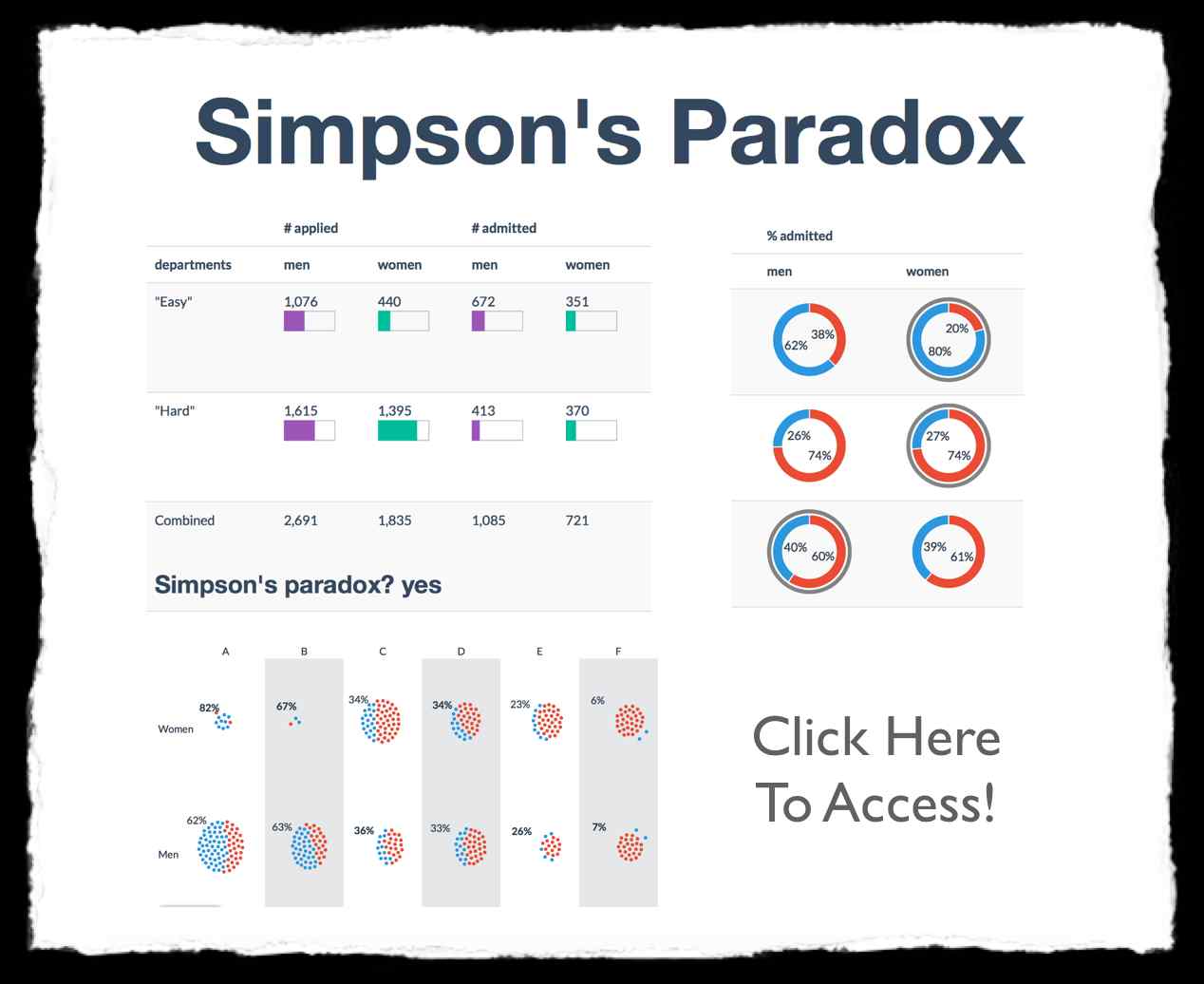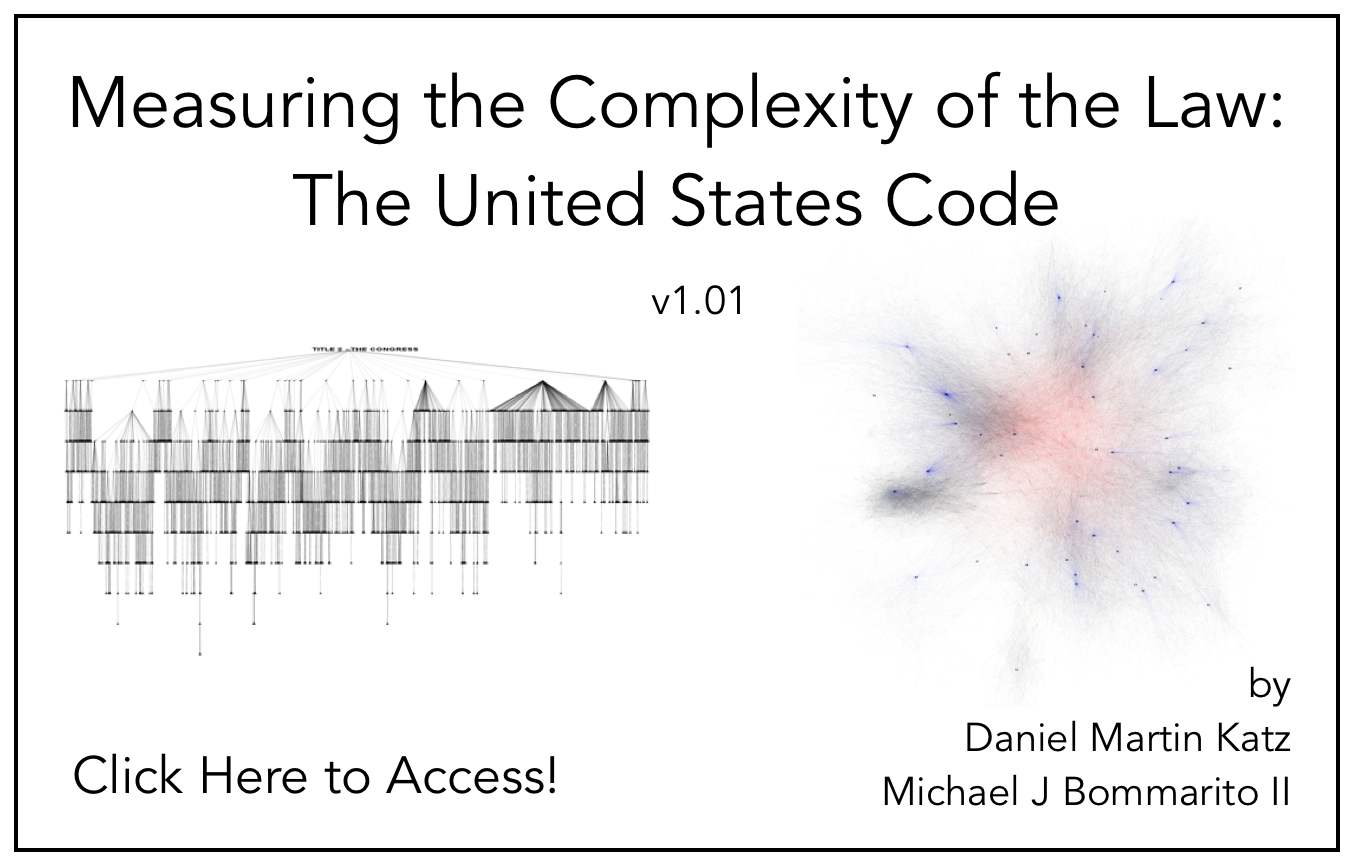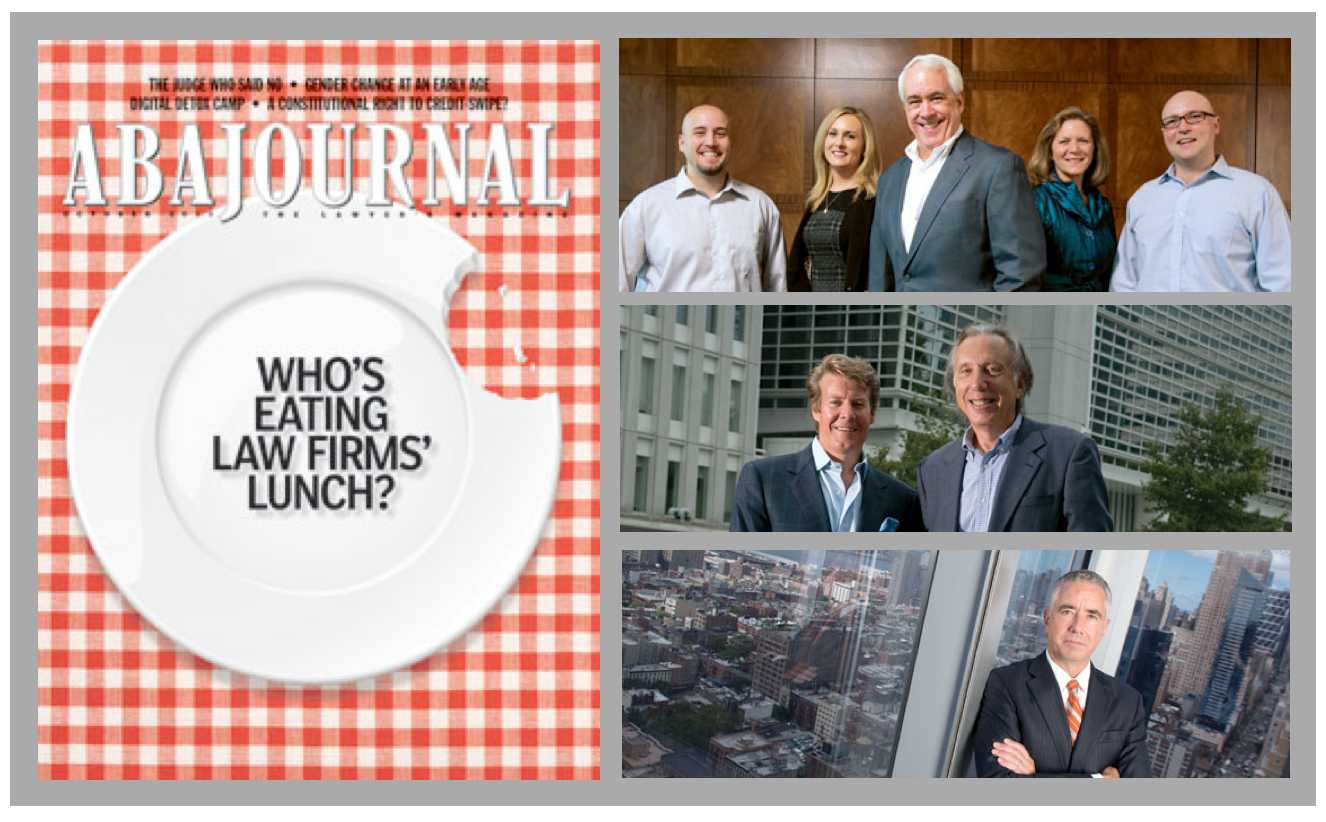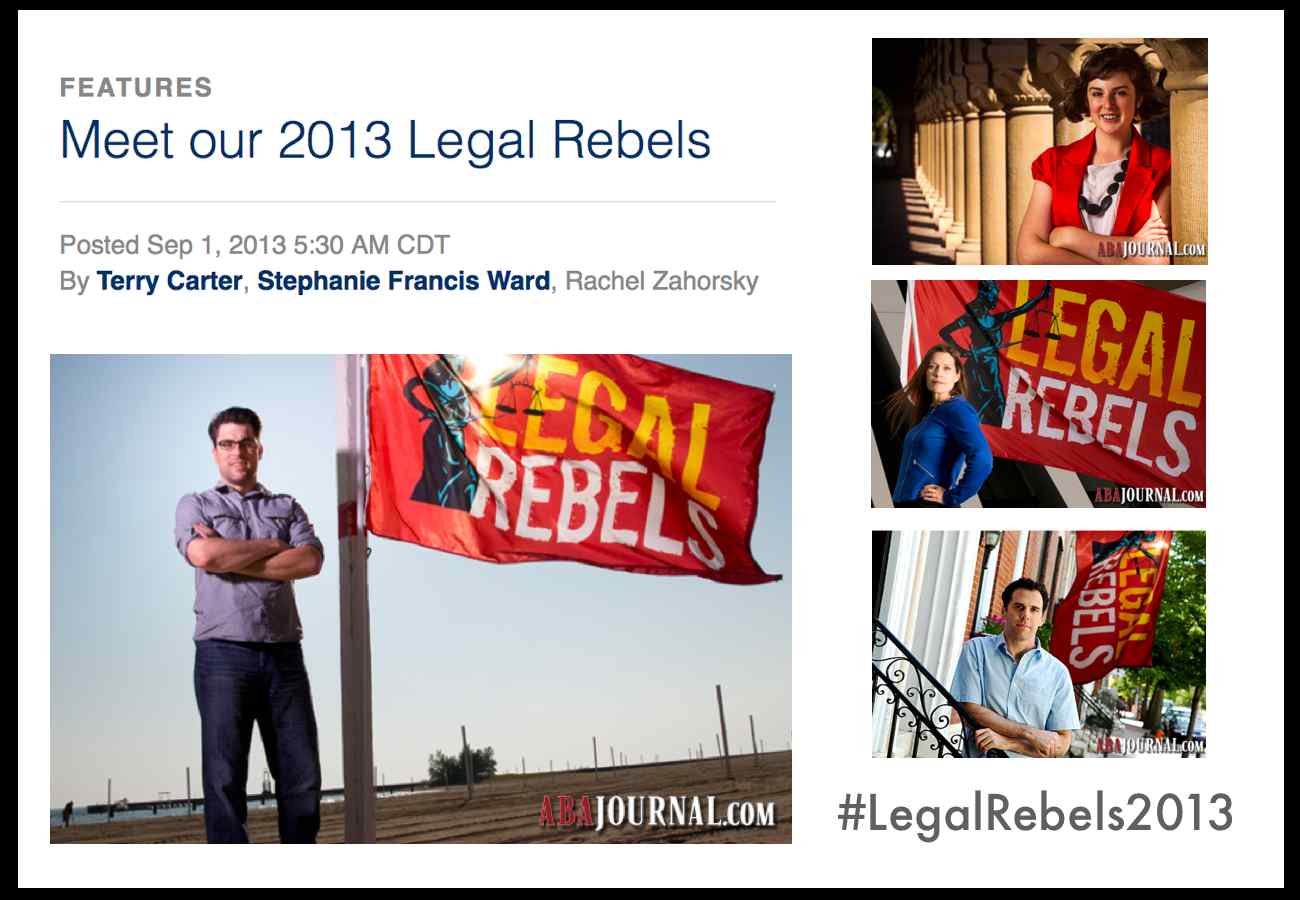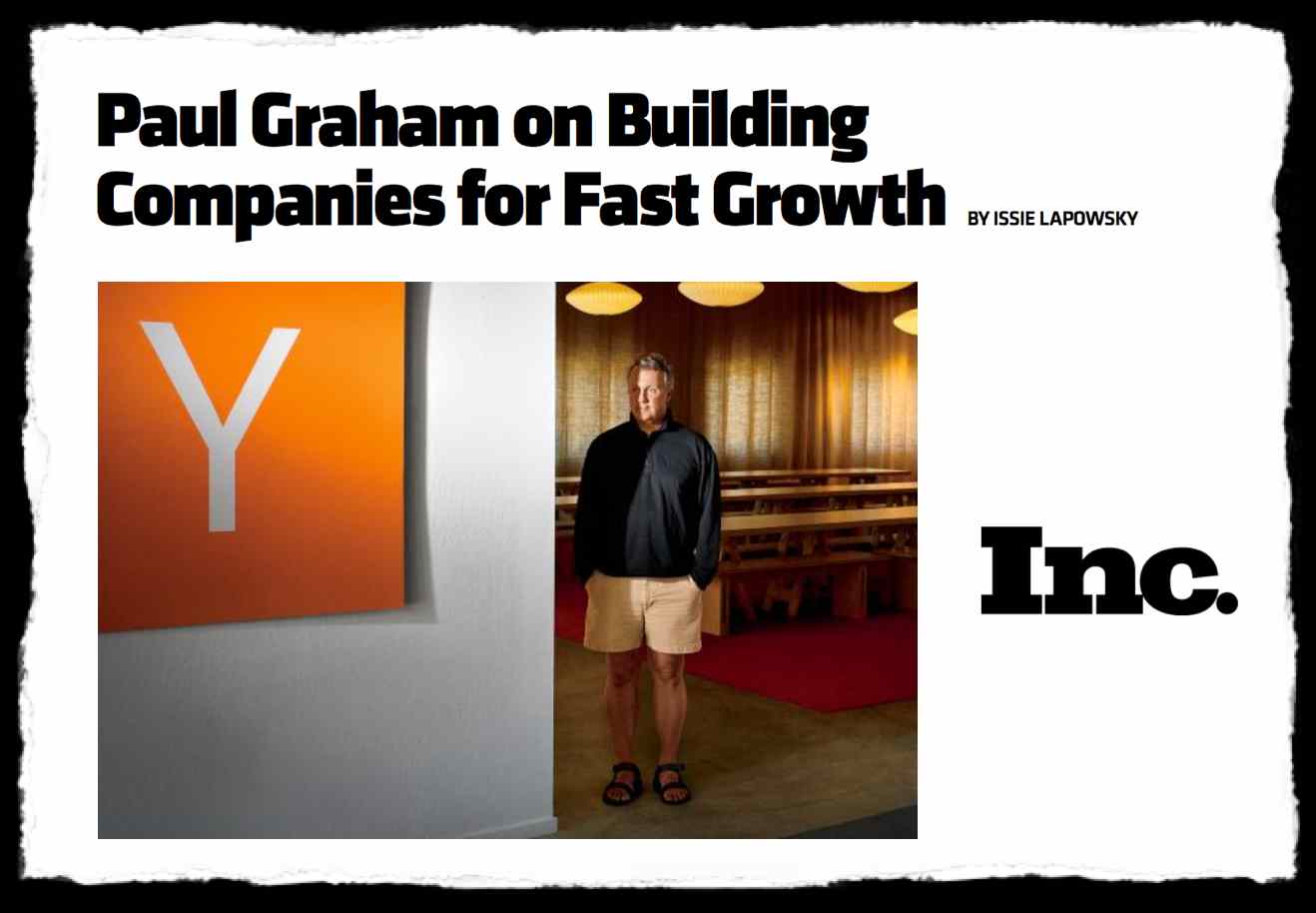Goodwood Festival of Speed and Revival founder Lord March is today able to announce the provisional dates for next year’s two leading sell-out Goodwood motoring events. It should be noted that at this stage the 2014 Festival of Speed and Goodwood Revival dates are provisional and remain subject to change, pending ratification by the FIA of the 2014 Formula 1 calendar in December.
The 911 has been at the very heart of the Porsche brand for the past five decades. Few other sports cars in the world can look back on such a long tradition and continuity as the Porsche 911. It has been inspiring car enthusiasts the world over since its debut as the model 901 at the IAA International Automotive Show at Frankfurt in September 1963.
Goodwood honoured the 50th anniversary of one of the world’s most versatile and popular sports cars – the Porsche 911 – at the Festival of Speed 2013.
Today the truly versatile 911 is considered by its many devoted fans to be the quintessential sports car, and the central point of reference for all other Porsche series, as each of the marque’s other models carry a piece of the 911’s philosophy.
The Track Action
As well as wheel-to-wheel racing, the Members’ Meeting will also feature thrilling, high-speed track action from more modern eras of Formula 1, Le Mans and beyond – sights and sounds that have never been seen before at Goodwood Motor Circuit. The inaugural event in 2014 will celebrate the flame-spitting Formula 1 cars
The three typical, Marshall-style controls for volume, bass, treble and a switch to flip on and off the Stan Mores, located on the top of the unit. Through the included 3.5mm spiral cable, which has the appearance of a typical guitar cable, virtually any music source to the powered speakers can be connected.
50 Years of Porsche
The main ‘Central Feature’ marked this prestigious milestone with a one-off 911-inspired sculpture displayed prominently outside Goodwood House. A dedicated class of road and racing 911s, covering all seven generations of the iconic sports car, took to the Goodwood Hillclimb twice each day over this Summer weekend for a special parade.
Can be beyond even via Bluetooth with aptX technology or the two other connections ( RCA input / optical input ) connect directly to their sources.Thanks to the high quality components Stanmore intended to provide a detailed sound across the entire frequency range without sacrificing quality. The sound is punchy, without losing detail, and very clear and powerful to penetrate the entire spectrum from Stanmore.
The main ‘Central Feature’ marked this prestigious milestone with a one-off 911-inspired sculpture displayed prominently outside Goodwood House. A dedicated class of road and racing 911s, covering all seven generations of the iconic sports car, took to the Goodwood Hillclimb twice each day over this Summer weekend for a special parade.

